#Lysimachia
Text

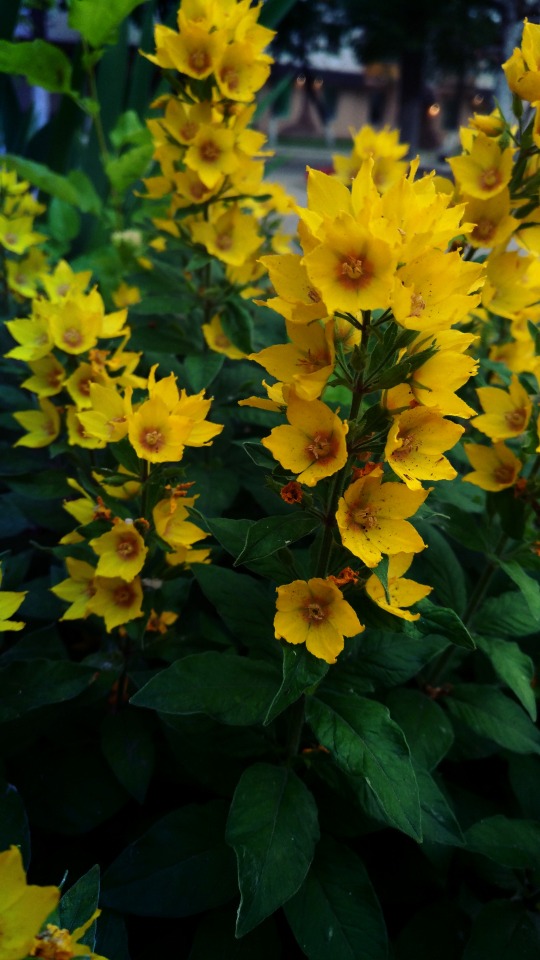
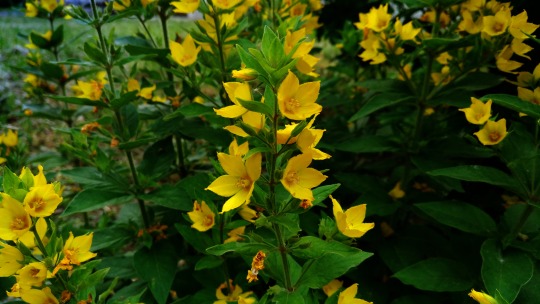
Lysimachia punctata , вербейник точечный , большой желтый вербейник , круглый цветок , или пятнистый вербейник , является видом цветковых растений семейства Primulaceae
Lysimachia punctata, the dotted loosestrife,large yellow loosestrife,circle flower, or spotted loosestrife, is a flowering plant species in the family Primulaceae.
#русский tumblr#россия#лето#природа#сквер#цветы#желтые цветы#вербейник#городскойпейзаж#мои фото#russia#summer#nature#nature photography#my photos#park#flowers#yellow flowers#Lysimachia#beauty of nature#flower photography#flower aesthetic#original photography#photographers on tumblr
124 notes
·
View notes
Text

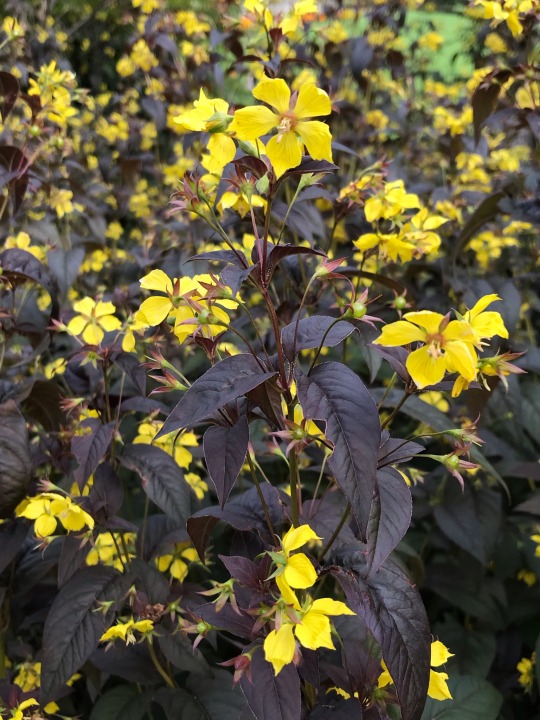
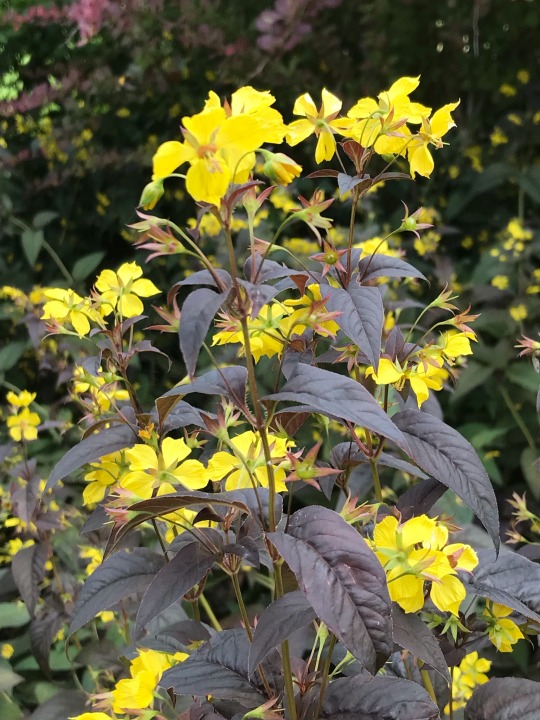
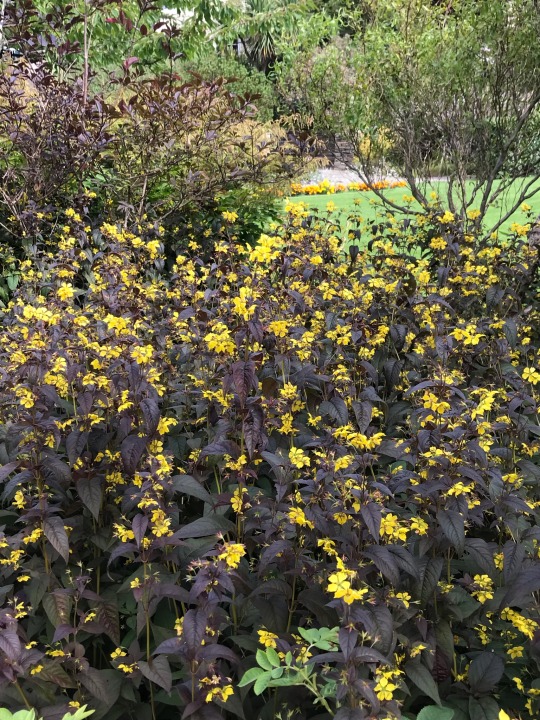
Plant of the Day
Saturday 24 September 2022
A vigorous herbaceous perennial Lysimachia ciliata 'Firecracker' (purple loosestrife) will spread to form a large colony especially in a moist soil in full sun or partial shade.
Jill Raggett
#Lysimachia#purpleloosestrife#loosestrife#herbaceousperennial#purpleleaves#purplefoliage#yellowflowers#plants#writtledesign#gardens#horticulture#garden#kirkwall#orkney
135 notes
·
View notes
Text
#1935 - Anagallis arvensis - Scarlet Pimpernel

AKA Lysimachia arvensis, red pimpernel, red chickweed, poor man's barometer, poor man's weather-glass, shepherd's weather glass or shepherd's clock.
Some of the common names derive from the fact the flowers only open in sunlight, although you’d think Shepherds etc would notice the way the sun was shining without having to check the plant first. Also despite the name, it frequently comes in bright blue, and sometimes pink.
Native to Europe, Western Asia and North Africa, but now an invasive weed worldwide. This one was photographed in Waipukurau, NZ, by @purrdence, but we get the blue version in our own backyard here in Perth.
Used for a wide variety for medicinal purposes over the years, despite the lack of clinical evidence that it worked for any of them. Certainly, it can vary from ‘mostly harmless’ to ‘deadly poisonous’.
The Scarlet Pimpernel is the alias of Sir Percy Blakeney in the novel of the same name by Baroness Emma Orczy, and the fictional flower Elanor is said to be a little enlarged version of pimpernel, according to one of J. R. R. Tolkien's letters.
11 notes
·
View notes
Photo
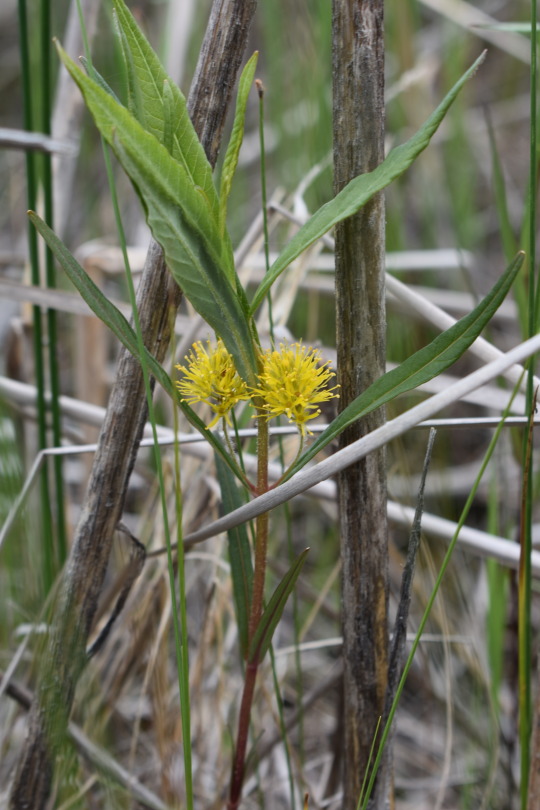
Tufted Loosestrife
Lysimachia thyrsiflora
Primulaceae
Photograph taken on June 18, 2023, at Purdon Conservation Area, Lanark Highlands, Ontario, Canada.
#wildflowers of southern ontario#Tufted Loosestrife#yellow#Loosestrife#Lysimachia thyrsiflora#Lysimachia#Primulaceae#Purdon Conservation Area#Lanark Highlands#Ontario#Canada#wildflowers#flowers#wildflower#nature
6 notes
·
View notes
Text

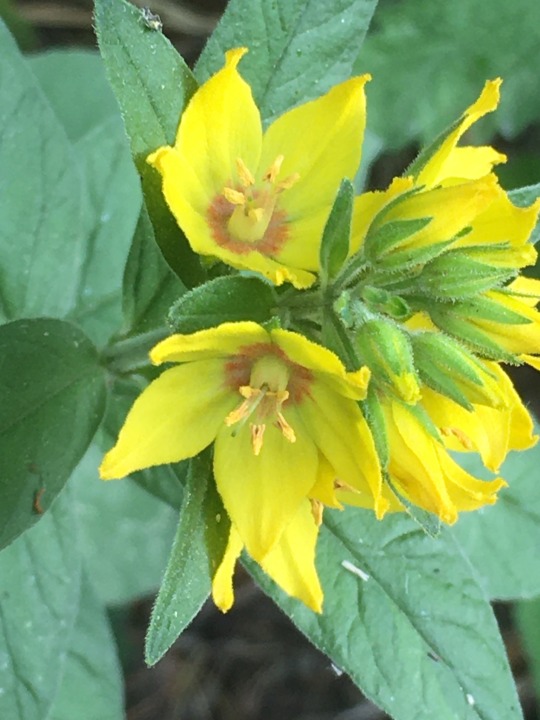

2 notes
·
View notes
Photo

Friday, June 17, 2022
33 notes
·
View notes
Text
Just ordered more plants cause why the hell not?!

0 notes
Photo

Modern Deck in New York
An illustration of a medium-sized, open-air rooftop deck in a minimalist style
#manhattan rooftop#flowering vines#iron fencing#lysimachia#adirondack chairs#mandevilla#custom planters
0 notes
Photo
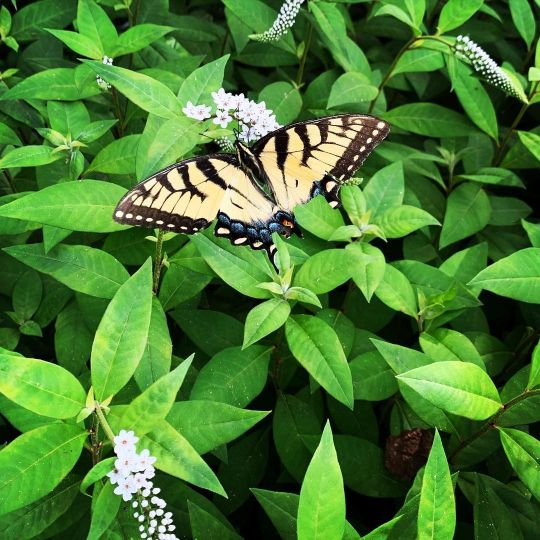
A visit to western #BFE otherwise known as Mom’s house in #beaverdamva #butterfly #gooseneckloosestrife #lysimachia #lysimachiaclethroides (at Beaverdam, Virginia) https://www.instagram.com/p/Ce8rzpduJy_/?igshid=NGJjMDIxMWI=
0 notes
Text

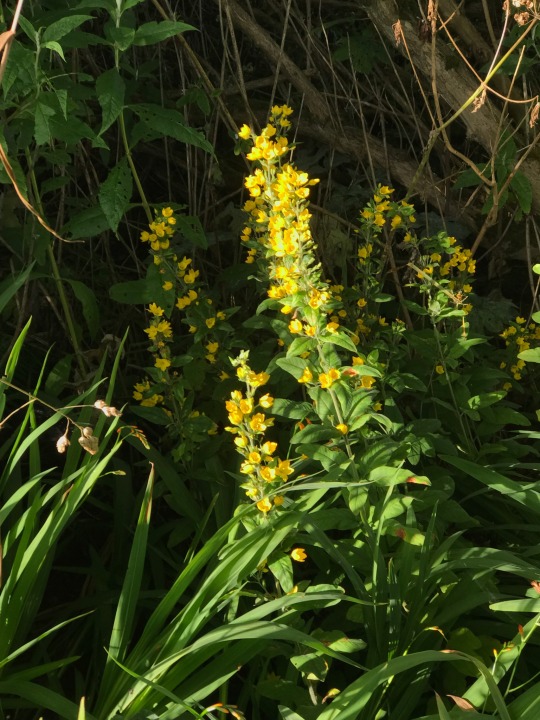

Plant of the Day
Thursday 8 September 2022
A garden plant that has become widely naturalised in the U.K. is Lysimachia punctata (dotted loosestrife, garden loosestrife). Here this strong-growing herbaceous perennial is growing in a ditch where it has the damp conditions in which it thrives.
Jill Raggett
#Lysimachia#dottedloosestrife#gardenloosestrife#yellowflowers#herbaceousperennial#roadside#verges#naturalised#plants#horticulture#Orkney#Scotland#writtledesign
70 notes
·
View notes
Text

Fringed loosestrife, Lysimachia ciliata.
#pennsylvania#july#wildflowers#native wildflowers#woodland wildflowers#lysimachia ciliata#fringed loosestrife
244 notes
·
View notes
Text
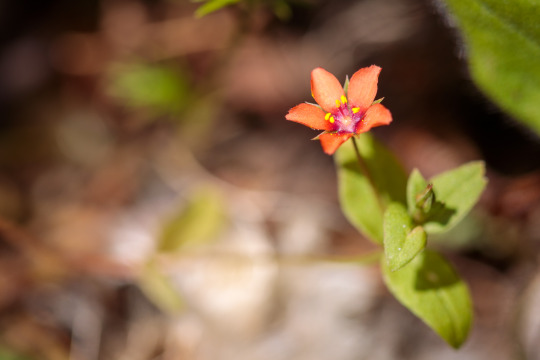
Scarlet Pimpernel
A small vibrant red flower of scarlet pimpernel, soaking up the midday sunlight.
#anagallis arvensis#canon#canonuk#flora#flower#flowers#lysimachia arvensis#nature#outdoors#petals#plant#plants#red#scarlet#scarlet pimpernel#spring
8 notes
·
View notes
Photo
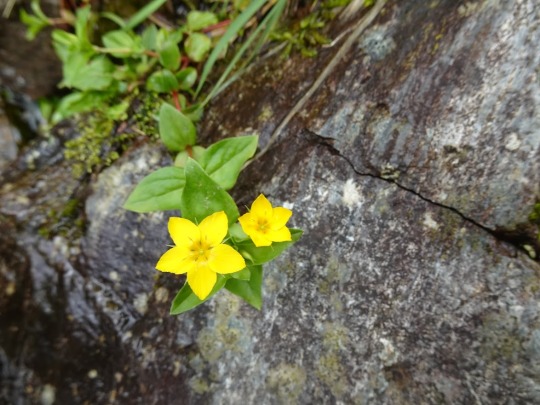

Lysimachia nemorum, yellow pimpernels, didn’t historically have many ethnobotanical uses. They’re a very pretty flash of color in the Scottish Highlands, though! Pimpernels are in the primrose family, Primulaceae, and their genus, Lysimachia, has undergone a lot of reclassification lately. They’re closely related to the scarlet pimpernel, Lysimachia arvensis (recently moved from Anagallis), which is a common garden flower, and of course, was as the non de guerre of the hero of Baroness Orczy novels. Unlike the scarlet pimpernel, though, they tend to grow in shaded, damp areas. Interestingly, they’re also closely related to starflowers, including western starflower, Lysimachia latifolia (moved from Trientalis), which is common on the west coast of North America and has a small, edible tuber.
I’ve seen the scarlet pimpernel cited as the inspiration for J.R.R. Tolkien’s Elanor, a plant he described as growing in Middle Earth in Lórien. I personally think the yellow pimpernel is a more likely option, though, because it’s more likely to grow in ancient woodland areas with old growth and, after all, Tolkien indicated that it was yellow (its name meaning “sun-star” in Sindarin).
#Lysimachia nemorum#yellow pimpernel#Plants of Scotland#Plants of the United Kingdom#Plants of Middle Earth?#botany#I thought this was going to be a really short post and it just kept getting longer#the professor that got me into botany in the first place LOVED Tolkien#He recommended a book about plants in Middle Earth and for the life of me I cannot remember what it was called#ethnobotany#Tolkienology
35 notes
·
View notes
Photo
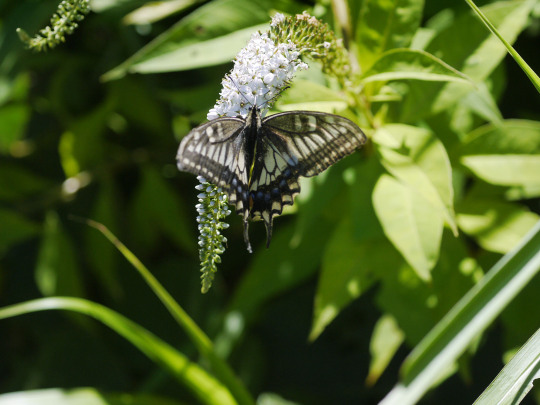
Papilio machaon feeding on Lysimachia clethroides オカトラノオにキアゲハ
#nature#wildflowers#lysimachia clethroides#insects#butterfly#papilio machaon#july#summer#niigata#japan#original photographers#original photography in tumblr#smc macro takumar 50mm/f4
78 notes
·
View notes
Photo



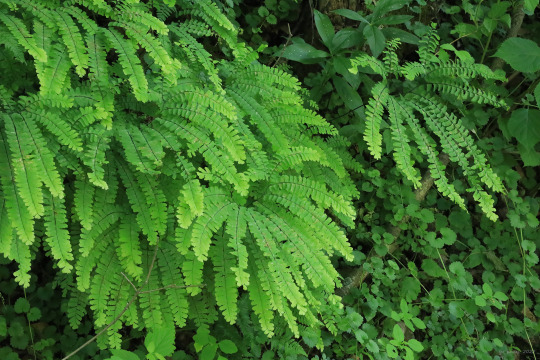

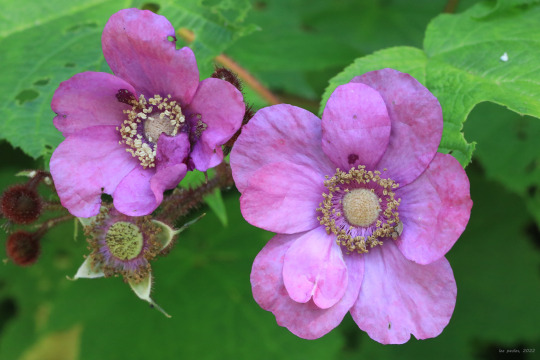

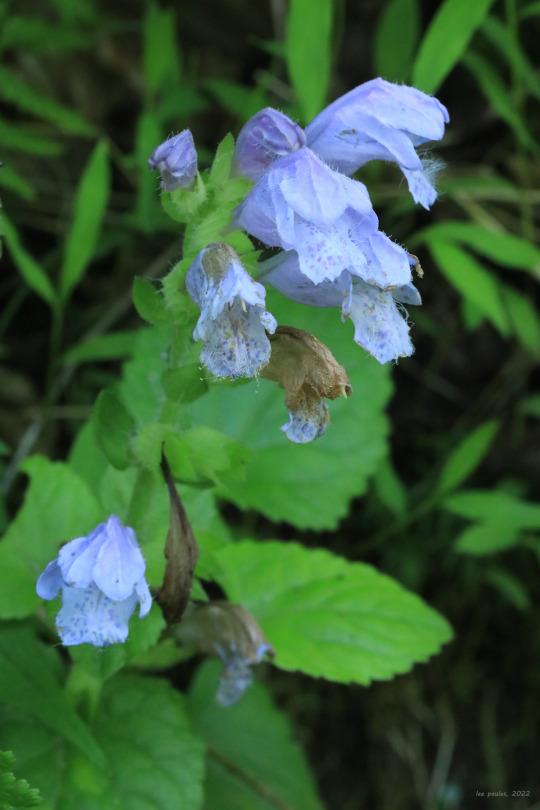
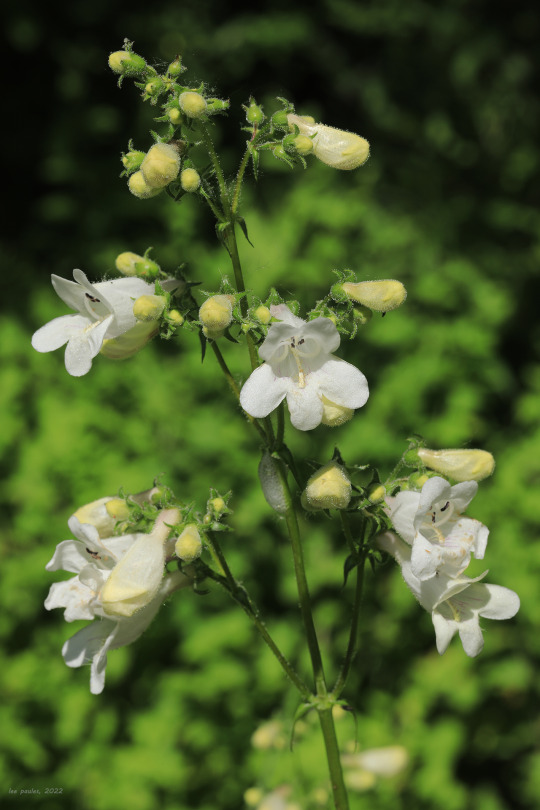
A gorgeous late spring afternoon means only one thing to me: a long, leisurely bike ride on the Mon River Trail. Eastern goat’s beard (Aruncus dioicus), with its gaudy, plume-like flowers, is now at peak bloom on the moist, rich slopes bordering the trail. This rhizomatous perennial in the rose family is one of Appalachia’s most spectacular spring-blooming wildflowers and has a rambling, bushy habit that makes it the perfect ornamental for a damp, partially-shaded spot in a native wildflower garden. This plant is easily mistaken for Appalachian false goat’s beard (Astilbe biternata), which grows in the same habitat and has a similar flower plume but with a different leaf arrangement.
Other notable plants now coming into their own (from top): northern maidenhair fern (Adiantum pedatum), which cascades down the moist slopes along the trail in radiant waves; purple-flowering raspberry (Rubus odoratus), a showy, suckering cousin to Allegheny blackberry with gorgeous flowers and foliage and bristly, not-so-tasty fruit; whorled loosestrife (Lysimachia quadrifolia), an elegant, upright perennial with yellow flowers borne from the leaf axils; Meehan’s creeping mint (Meehania cordata), a striking, deer-resistant perennial that forms spreading mats of lavender flowers; and foxglove beardtongue (Penstemon digitalis), a tall, captivating perennial named for the hairs that grow from its staminode (long, sterile stamen).
#appalachia#vandalia#west virginia#mon river trail#spring#wildflowers#flora#fern#aruncus dioicus#eastern goat's beard#eastern goatsbeard#bride's feathers#adiantum pedatum#northern maidenhair fern#rubus odoratus#purple-flowering raspberry#lysimachia quadrifolia#whorled loosestrife#meehania cordata#meehan's creeping mint#meehan's mint#penstemon digitalis#foxglove beardtongue
67 notes
·
View notes
Text
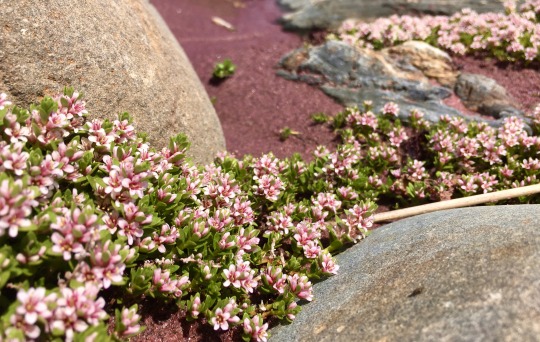
obsessed with the pink sand sea milkwort
#Lysimachia maritima#saw some deer tracks in the pink sand too lmao what were y'all doing on the beach#had a good lizard moment today. basked in the warm sun on a big round boulder.#plants#photography#good evening everynyan. i'm excited for the near future n_n
25 notes
·
View notes